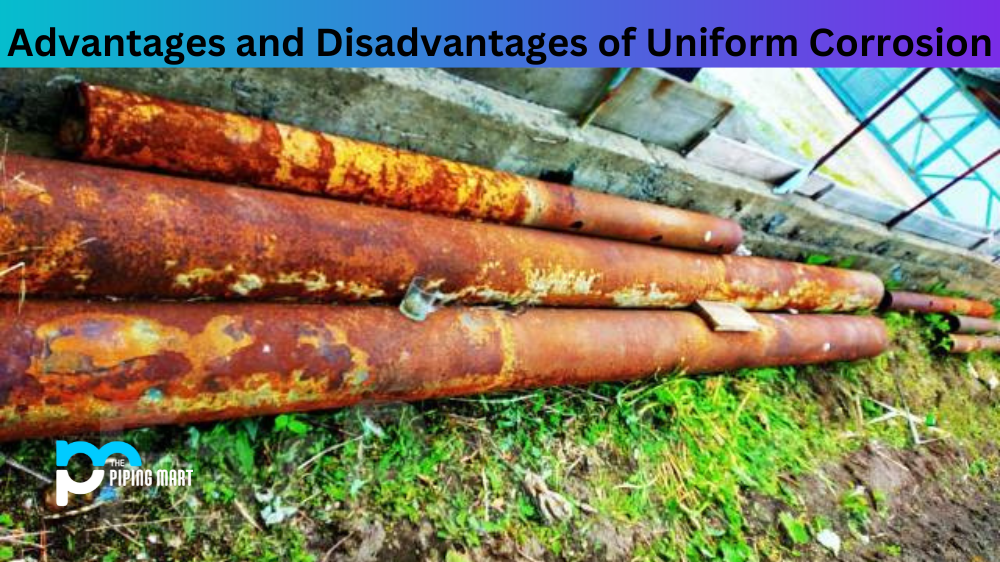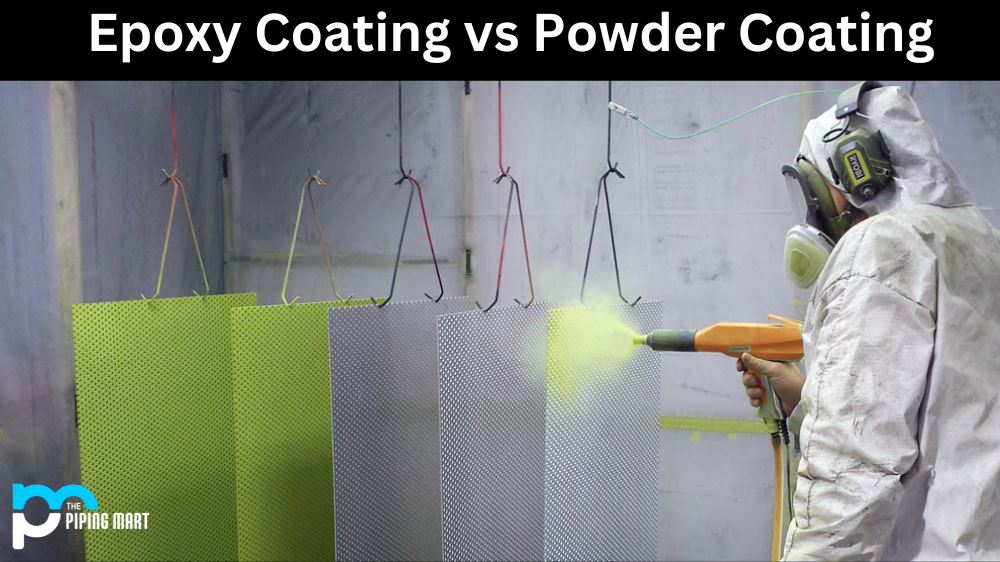If you’re looking to purchase a pressure valve for your business, you may find yourself overwhelmed by the options available. Knowing the difference between a pressure-reducing valve and a pressure-relief valve will help you determine which option is right for you. Let’s take a closer look at these two components.
Pressure Reducing Valves
Pressure-reducing valves are used in commercial and industrial settings to control the flow of fluids in pipes. They reduce the pressure of the fluid or gas that passes through them, ensuring that it does not exceed the maximum operating pressure of downstream equipment or piping. The primary purpose of installing a pressure-reducing valve is to maintain consistent, safe levels of pressure throughout an entire system.
Pressure Relief Valves
Pressure relief valves are designed to protect against extreme overpressure conditions in systems where pressures could become dangerously high if left unchecked. Unlike pressure-reducing valves, they do not provide any type of flow control—instead, their sole purpose is to open when pressures reach above-normal levels in order to relieve excess pressure from within the system. This helps prevent catastrophic damage to equipment or property due to excessive internal pressures.
Difference Between Pressure Reducing Valve and Pressure Relief Valve
- Pressure-reducing valves (PRVs) and pressure relief valves (PRVs) are two types of valves that are used to regulate the pressure in a system.
- PRVs are used to reduce the pressure in a system by allowing excess fluid to be released from the system. PRVs are typically used in systems that are operating at high pressures, such as hydraulic systems.
- PRVs are used to relieve the pressure in a system by allowing excess fluid to be released from the system. PRVs are typically used in systems that are operating at high pressures, such as steam systems.
- PRVs are typically installed in the upstream portion of a system, while PRVs are typically installed in the downstream portion of a system.
- PRVs can be manually operated or automatic, while PRVs are typically automatic.
- PRVs can be used in both liquid and gas systems, while PRVs can only be used in gas systems.
Conclusion:
Whether you need a pressure-reducing valve or a pressure-relief valve depends on the specific needs of your business. Pressure-reducing valves are used when maintaining consistent levels of pressure throughout an entire system is necessary, while pressure-relief valves are used when it’s essential that extreme overpressure conditions be prevented from occurring within the system. Knowing the difference between these two types of valves will ensure that you select the best option for your particular needs.
Meet Heer, a dynamic and driven writer learning tricks of her trade in the metal industry. With a background in Digital Marketing, Heer brings a unique perspective to her writing, sharing valuable insights. Apart from blogging she like reading and hiking.




